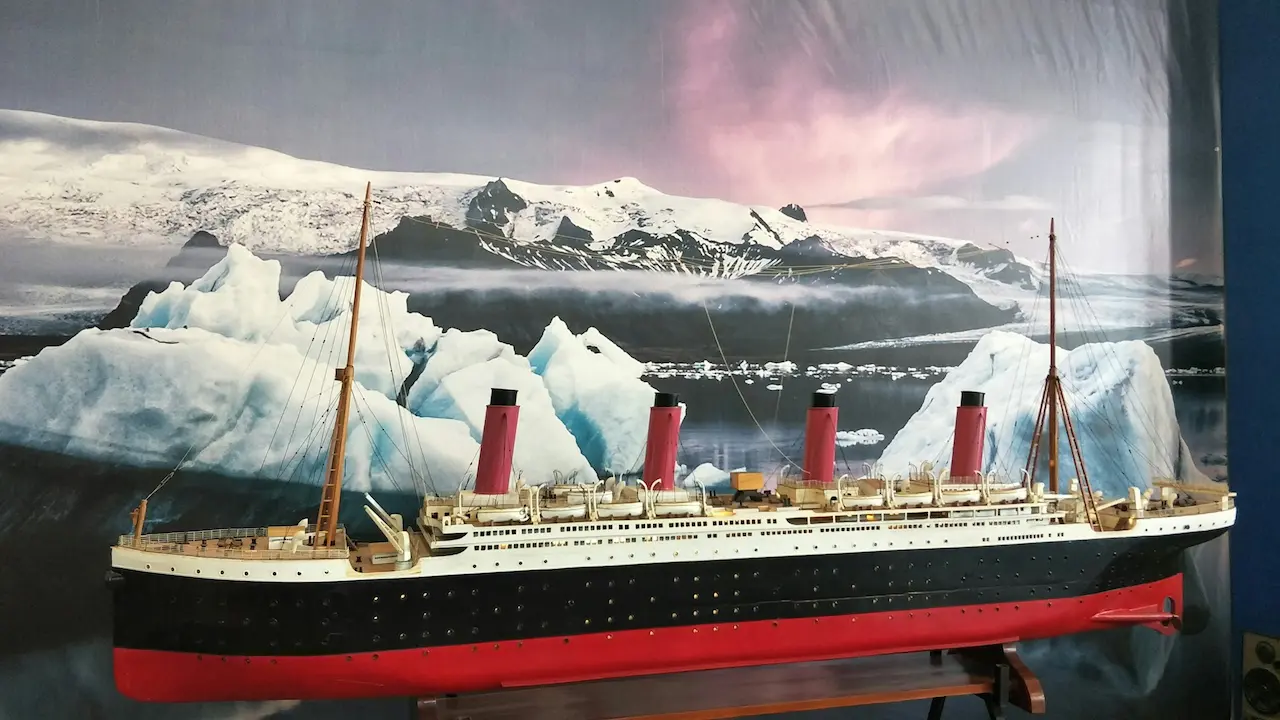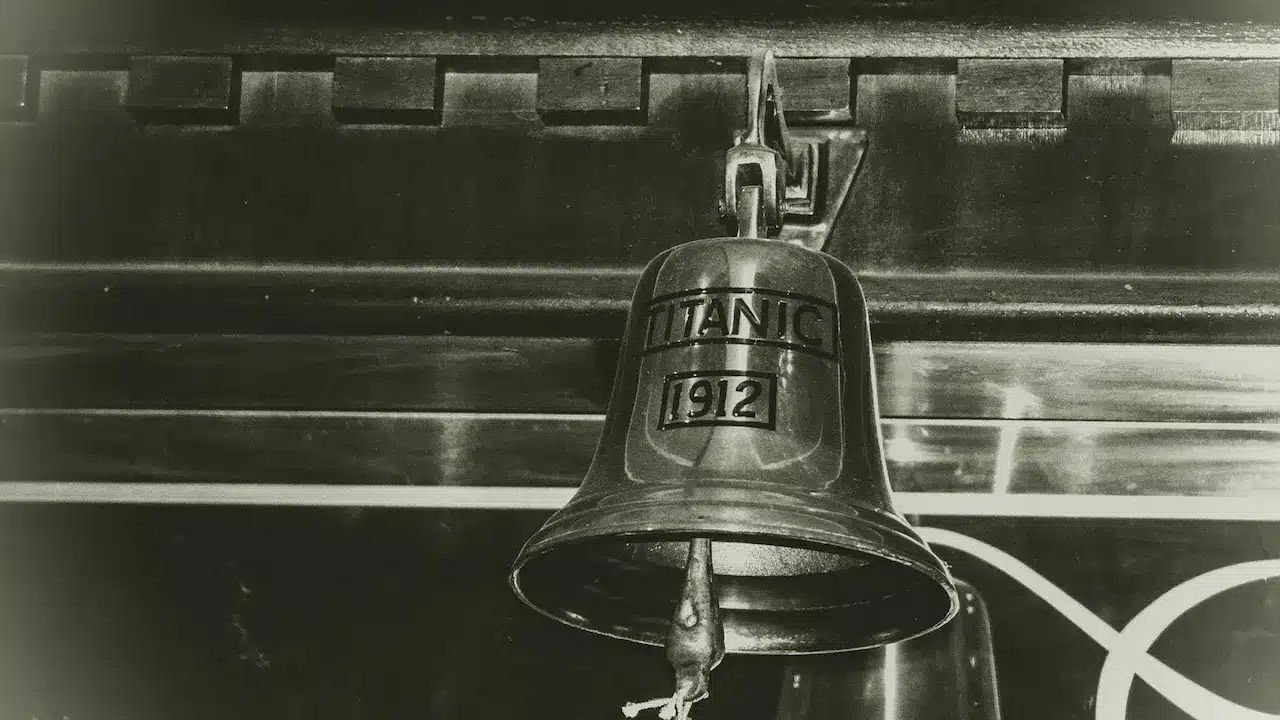The story of the RMS Titanic is one of ambition, engineering marvel and tragedy. Now, nearly a century and a quarter after her maiden (and final) voyage, a grand proposal is afoot to bring her legacy back to the seas when we look into rebuilding the Titanic. In this article we explore the original Titanic’s introduction, history, build time, challenges, cost and people involved — then turn to the modern audacious plan to rebuild her: the project known as the Titanic II spearheaded by Australian billionaire Clive Palmer.
Introduction to the Titanic
In the early 20th century the arms-race of ocean liners was on. The British shipping company White Star Line commissioned the Titanic (laid down as yard No. 401) to be a flagship of luxury, size and comfort more than of speed.
At 882 feet long and weighing roughly 46,000 gross tons (for the original), she was the largest movable man-made object of her day.
Her trial and launch embodied the belief of the era: that mankind could conquer the seas with engineering and luxury combined. But the sinking in April 1912 transformed her into legend.
The History & Build of the Titanic
The build time and workforce
Construction of the Titanic began on 31 March 1909 at the famed Harland & Wolff shipyard in Belfast, Northern Ireland.
The launch date arrived 31 May 1911, meaning the build took about 26 months from keel to launch.
At peak times, around 15,000 men were involved in the yard.
Over 3 million rivets were used in the hull alone.

The cost and financial aspects
The cost at the time was reported at US $7.5 million (~£1.5 million at that era).
Adjusted for inflation and modern exchange, some sources estimate equivalently around US $200 million (or more) in today’s money.
Shipyard challenges included building new slipways and cranes because existing infrastructure was insufficient for such a large vessel.
The challenges
Technical scale: The Titanic was unprecedented in size, requiring new shipyard infrastructure (gantries, slipways).
Workforce risks: Although eight fatalities and 246 injuries were recorded during construction (which was lower than expected for that scale) the conditions were dangerous.
Time pressure: In an era of competition among liners, there was pressure to finish quickly while maintaining quality and luxury features. Some design elements were removed to control costs.
Building the anchor for the original RMS Titanic was a massive engineering feat in itself — a project that symbolised the sheer scale of the ship. The Titanic’s main anchor was the largest hand-forged anchor ever made at the time, weighing over 15 tonnes (approximately 16.5 U.S. tons). It was crafted by H. D. Hall & Co. in Netherton, near Dudley in England’s Black Country — an area famed for its ironworks. Creating such a colossal piece of hardware presented enormous challenges.
The anchor’s individual components had to be heated, hammered, and shaped by hand using traditional blacksmith techniques, requiring dozens of men working in perfect synchrony. Once completed, transporting it to the Harland & Wolff shipyard in Belfast was a logistical challenge of its own: a team of 20 Clydesdale horses was famously used to haul the anchor through the streets to the railway station, where it continued its journey by train and ship. This process showcased not only the craftsmanship of the industrial age but also the immense coordination and manpower required to equip the Titanic with every essential component — no matter how large or difficult to make.
People involved
-
Thomas Andrews, the naval architect from Harland & Wolff, was pivotal in the design.
-
William J Pirrie (Chairman of Harland & Wolff) and J Bruce Ismay (Managing Director, White Star) presided over strategic decisions.
-
Thousands of shipbuilding labourers and specialists across Belfast contributed to the build; the scale was enormous for the time.
The Titanic’s Legacy
Although this article is titled “Rebuilding The Titanic”, it is critical to acknowledge that the original ship’s maiden voyage ended in disaster — colliding with an iceberg on 14 April 1912 and sinking around 2:20 a.m. on 15 April. Roughly 1,500 out of 2,200+ aboard perished.
The Titanic sinking galvanized changes in maritime safety (e.g., lifeboat requirements, radio watch, ice patrols) and the Titanic remains a powerful cultural icon.
The Plans to Rebuild: Titanic II
Conceptual revival by Clive Palmer
The modern plan to rebuild the Titanic comes under the heading of the ship dubbed Titanic II. The initiative is led by Australian mining magnate and entrepreneur Clive Palmer and his company Blue Star Line.
First announced around 2012, the project has experienced repeated delays, re-announcements and redesigns.
Design, specifications & proposed voyage
-
The Titanic II is planned to closely replicate the original’s outward appearance — nine decks, similar cabin layout — while incorporating modern safety and navigation features (e.g., enough lifeboats for all passengers).
-
Proposed gross tonnage around 56,000 tons (slightly larger than the original ~46,000) and length nearly 882 feet (just one foot shy of the original).
-
Passenger capacity: approximately 2,435 guests (mirroring the original scale).
-
Planned route: Initially to replicate the original’s Southampton → Cherbourg → New York Atlantic crossing.
Timing and cost expectations
-
Latest announcements set a maiden voyage target around 2027.
-
Cost estimates vary and have not been fully publicised in detailed breakdown, but communications suggest hundreds of millions of dollars.
-
Construction start pending shipyard selection, design finalisation and likely many regulatory approvals.
Clive Palmer’s vision
Palmer describes Titanic II not simply as a new cruise ship but as an homage to the original — aiming to recapture the spirit of the “ship of dreams”. At a press event he stated: “I’ve got more money now. We are more real than ever.”
He sees Titanic II as a vessel that will unite history, luxury and human aspiration. His company’s website promotes replicas of the original’s Café Parisien, Grand Staircase and Captain’s Bridge.
Why Rebuild? Motivations and Criticism
Motivations
-
Nostalgia and heritage: The Titanic story is deeply embedded in global culture, and a physical revival appeals to that.
-
Commercial opportunity: A unique cruise experience could attract significant premium ticket prices and tourism revenue.
-
Engineering challenge: Re-creating a legendary vessel with modern standards presents a formidable technical project.
-
Branding & legacy: For Clive Palmer and Blue Star Line, this project acts as a signature statement.
Criticism & challenges
-
Financial viability: Critics question whether there is sufficient market demand to justify the huge investment. Some maritime historians suggest such a ship may be a “practical and financial disaster”.
-
Safety & ethics: Recreating a ship infamous for disaster raises questions about sensitivity and narrative.
-
Project‐history: The Titanic II project has been announced and delayed multiple times, leading to skepticism.
-
Technical/regulatory hurdle: Modern cruise ship standards, environmental regulations, construction costs all present higher barriers than in 1910.
-
Opportunity cost and risk: Investors may view the project as speculative, with unclear return on investment.
Comparing Original vs Rebuild: Key Metrics
| Metric | Original Titanic (1912) | Titanic II (Proposed) |
|---|---|---|
| Length | 882 ft (269 m) | ~882 ft (virtually same) |
| Gross Tonnage | ~46,329 tons | Planned ~56,000 tons |
| Build time | ~26 months | TBD — construction start and scheduling under revision |
| Cost at time of build | US $7.5 million (~£1.5 million) | Estimated hundreds of millions of dollars (modern) |
| Passenger capacity | ~2,200+ passengers and crew | Target ~2,435 passengers |
| Safety standards | Early 20th-century standards, inadequate lifeboats | Modern safety, full lifeboats and modern navigation |
The Road Ahead & Questions to Watch
What remains to be settled
-
Shipyard selection: As of the latest reports, the shipyard for Titanic II has not been definitively announced.
-
Budget control: Without a full public breakdown, the risk of cost overruns is significant.
-
Timeline adherence: The target year of 2027 will test whether the project can avoid past delays and obstacles.
-
Regulatory approval & classification: Modern maritime classification societies will require rigorous certification, safety inspections and environmental compliance.
-
Market demand: Will modern travellers pay a premium for an experience steeped in heritage and nostalgia, rather than ultra-modern cruise amenities?
-
Brand positioning & risk: Given the original Titanic’s tragic fate, the new ship’s branding must navigate sensitivity, luxury and commercial viability.
The impact if successful
If Titanic II is built and sails:
-
It could become a marquee tourist attraction, boosting narratives around heritage cruising.
-
It could reinvigorate interest in early 20th-century maritime design and history.
-
It will stand as a statement of engineering ambition and a homage to an iconic ship.
-
Conversely, if it fails (financially, technically or commercially) it could become a cautionary tale of nostalgia-driven ambition.

Conclusion
Rebuilding the Titanic is more than a vessel-construction story — it is a bridge between the past and the present. The original Titanic embodied the era’s confidence, ambition and luxury, only to be undone by disaster. Now, the Titanic II project led by Clive Palmer and Blue Star Line seeks to resurrect that mythic splendour, updated for modern times.
While the project remains speculative, with significant hurdles ahead, the audacity of the plan captures the imagination. If successful, the Titanic II may offer passengers a journey through history, luxury and memory. But success is far from assured — from technical complexity to financing and market demand, the challenges loom large.
At Geography Scout we will continue to watch how this story develops: whether the Titanic’s legacy sails again, or whether the Titanic II becomes another chapter in the line between dream and reality.



